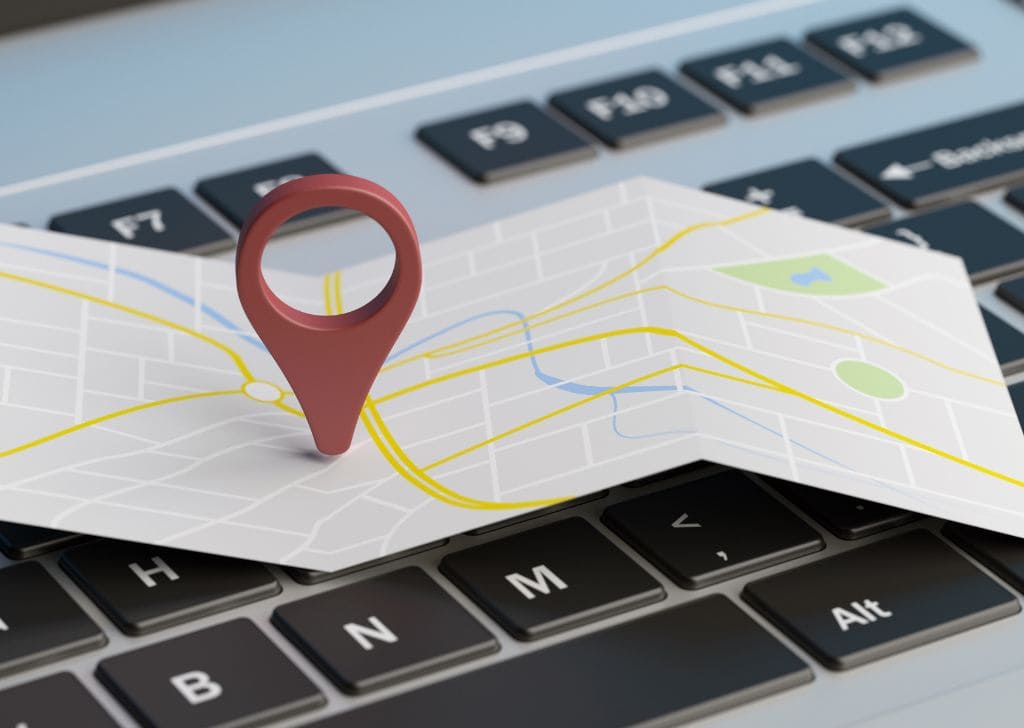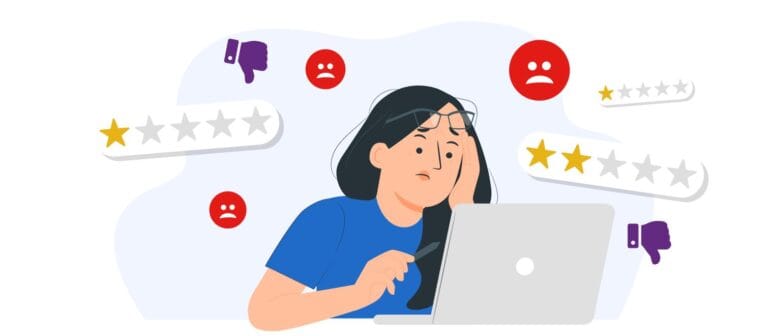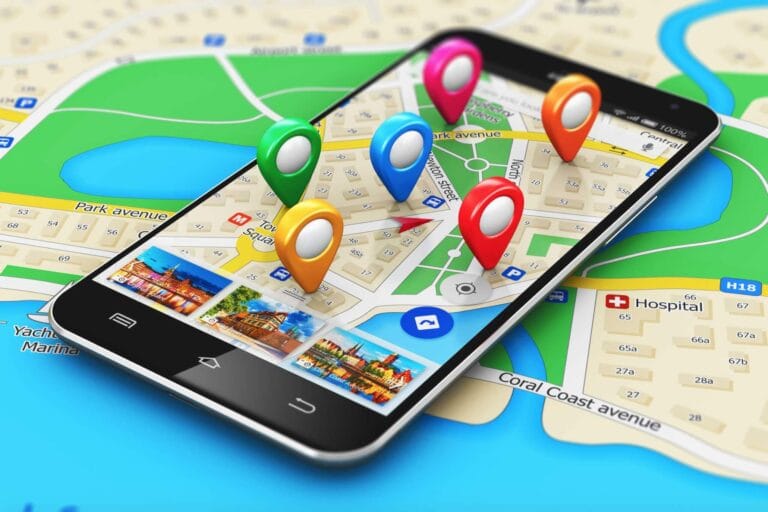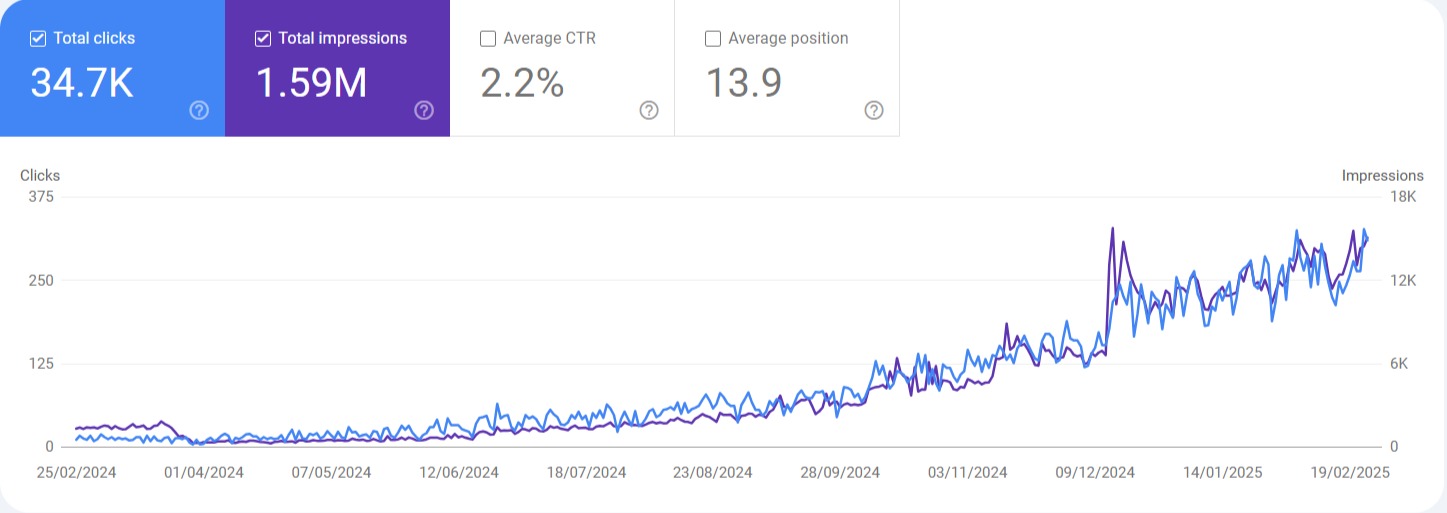What Is Google Maps Ranking – And Why Should You Care?
Picture this: You’re in town, starving, and you type “best burger near me” into Google. Instantly, a list of local businesses pops up – complete with ratings, directions, and photos. Your eyes lock onto the one with solid reviews and tempting photos, and within minutes, you’re on your way there.
That decision was made possible by a Google Ads marketing agency in Malaysia using GMB and Google Maps. It’s no longer just about getting from Point A to Point B. It’s now a powerful search engine that decides which businesses show up first when potential customers search for services like yours. If you’re not ranking well here, you’re missing serious revenue.
How Do I Rank Higher on Google Maps in 2025?
This is one of the most common questions business owners in Malaysia are asking right now. They’re Googling things like “how to rank in Google Maps” or “how to improve Google Maps ranking” because they know the power of appearing in those top three results.
The issue is, they don’t always know what actually drives rankings. And the truth? It’s more than just having a Google Business Profile. Google evaluates a combination of signals – your relevance, location, authority, and how users interact with your listing.
The Top Google Maps Ranking Factors You Can’t Ignore

Google Business Profile Optimization
Let’s get the obvious one out of the way. Your Google Business Profile (GBP) is the foundation. Make sure your name, address, and phone number – known as NAP – are consistent everywhere on the internet. One typo in your address on a third-party directory could cost you a spot in the map pack.
Choose the right primary and secondary categories. If you’re a dentist in Subang Jaya but you only select “Health Services” instead of “Dental Clinic,” you’re missing out. Also, write a description that naturally includes keywords your audience might search for, like “teeth whitening in Subang.”
Location Authority: It’s Not Just About Distance
Many people think proximity alone determines rankings. While location does play a role, Google also looks at how “authoritative” your business appears within that area. This is where the concepts of relevance, distance, and prominence come in.
If you’re a plumber in Shah Alam and you’ve got years of reviews, local backlinks, and strong content, Google might rank you above a competitor who’s technically closer to the user – but has a weaker presence.
Reviews – Yes, They Still Matter
Google trusts your customers. If they leave reviews regularly, and you respond professionally, that’s a huge plus. But don’t just chase 5-star ratings – consistency and frequency matter more. A listing with 80 reviews over the last 12 months will often outrank one with 200 reviews from five years ago.
Also, make responding a habit. It boosts trust and shows Google that your listing is active and managed. That’s a key behavioral signal. If your business requires help to remove negative reviews, read this guide here to learn more.
Local Citations & Backlink Signals
Ever Googled your own business and found your info outdated on some obscure directory? That inconsistency hurts. Make sure sites like Yelp, Yellow Pages Malaysia, and Hotfrog reflect accurate info. Google checks these citations to verify you’re legit.
Backlinks from local media, business groups, or even event partnerships can also help. It’s like the internet vouching for your brand’s authority.
Embed Google Map on City Pages (A Missed Local SEO Trick)
Here’s a move that’s surprisingly underused. Embedding your Google Map on location-specific pages sends strong location signals to both users and Google. If you serve multiple cities, create individual pages – like /kl-digital-agency – and embed your map there. It keeps users engaged and reinforces local relevance.
Behavioral & Engagement Signals
Google tracks how people interact with your listing. If they click your profile, call, request directions, or view photos – that’s engagement. High engagement usually means high relevance. So keep your profile fresh with photos, offers, events, and updates.
Also, since most local searches are done on mobile, make sure your website is fast, responsive, and easy to navigate. That experience feeds back into your Maps performance.
Google Maps Rank Tracking: How to Know If It’s Working

You’re putting in the work, but how do you measure success? Most people just search their own business on Google, but that’s unreliable. Your search history, device, and location skew results.
Tools You Can Use (Free & Paid)
Use tools like Local Falcon, BrightLocal, and GMB Everywhere. These platforms show how you rank in specific areas of your city. You can see if you show up at a Taman 5km away – or just outside your shop.
Setting Up Benchmarks for Your City
Before you start improving, take note of where you stand. Set goals – maybe it’s reaching the top 3 in all of Petaling Jaya, or expanding your reach into Puchong. Track monthly and adjust your strategy accordingly. Some changes take weeks, others months – but without tracking, you’re flying blind.
The Local SEO Layer: Your Website Still Matters
Some businesses think they don’t need a website if they’re ranking on Google Maps. That’s false. Your website and your Maps listing work together.
Location Pages & Internal Linking
If you serve multiple areas, create dedicated pages for each city. Not only does this help rank for “SEO agency in Kuala Lumpur,” it improves internal linking across your site. It also gives you more places to embed reviews, maps, and FAQs.
Local Business Schema & Page Speed
Schema is like a translator between your website and Google. Add a LocalBusiness schema to tell Google your service areas, operating hours, and contact details. And speed? A slow site can cause bounce, which negatively affects your rankings on both Maps and organic search.
So – How Do You Actually Get This Right?
 There’s no single ranking trick. It’s the blend of profile optimisation, website SEO, consistent engagement, and smart tracking. Some think, “Just get reviews and you’ll rank.” Others believe it’s about stuffing keywords into descriptions. Neither works alone.
There’s no single ranking trick. It’s the blend of profile optimisation, website SEO, consistent engagement, and smart tracking. Some think, “Just get reviews and you’ll rank.” Others believe it’s about stuffing keywords into descriptions. Neither works alone.
The truth? Google wants to show the best possible result for a user. Your job is to prove that’s you – across every touchpoint.
FAQ on Google Maps Ranking Factors
Frequently Asked Questions
Small businesses often neglect their Google Business Profile, fail to respond to reviews, and overlook the importance of consistent NAP (name, address, phone) data across directories. Many also skip essential website optimization, like local keyword targeting or mobile-friendliness, which can dramatically impact their Maps rankings.
Google uses a combination of factors: relevance, distance, and prominence. It looks at your business details, user engagement (like clicks and direction requests), reviews, website authority, and local signals like citations and backlinks to decide how and where you rank.
Never rely on manual searches. Use tools like Local Falcon or GMB Everywhere to get accurate, unbiased geo-grid data on how you appear in different areas. These tools visualize where your listing stands and help track performance over time.
Depending on your competition and current standing, it can take anywhere from a few weeks to several months. Quick wins like review responses and updated business details help, but long-term ranking improvements come from consistent SEO efforts across your site and Google Business Profile.
Without SEO, your business risks being invisible to potential customers who search online. You could have the best product or service, but if people can’t find you on Google Maps or in search, you’re losing leads daily to competitors who do invest in SEO.
Let’s Build Your Google Maps Visibility – Together
f this all sounds like a lot, don’t worry. At Hypercharge, a trusted local seo agency in Malaysia we help local businesses all across Malaysia show up, stand out, and get more calls. From optimising your Google Business Profile to building city-specific SEO strategies – we handle it for you.
Need a clearer roadmap to ranking higher? Book a free audit and we’ll walk you through the next steps.







